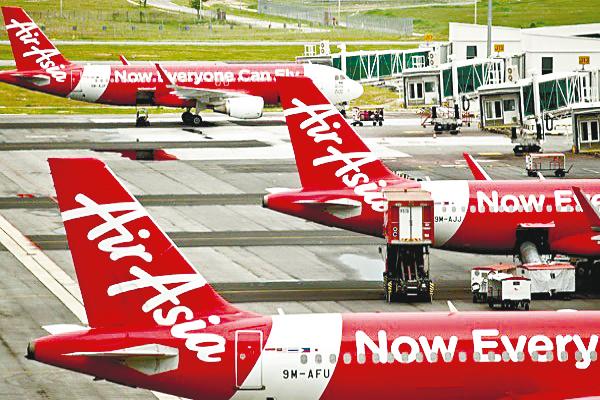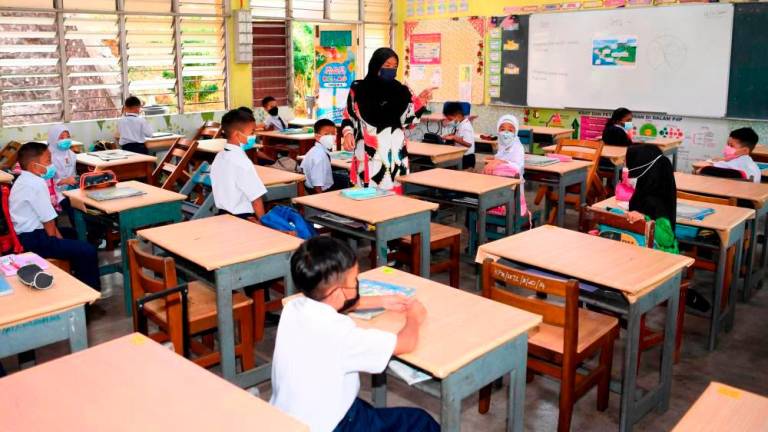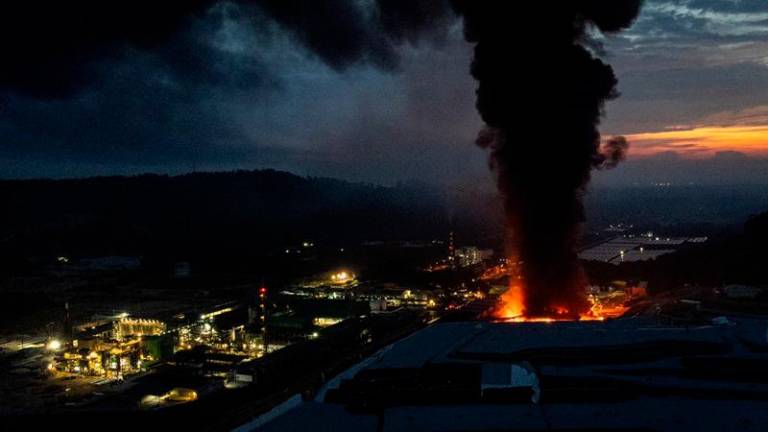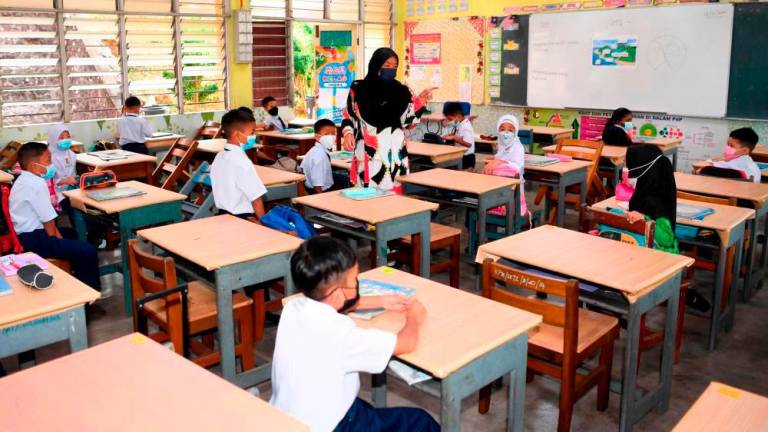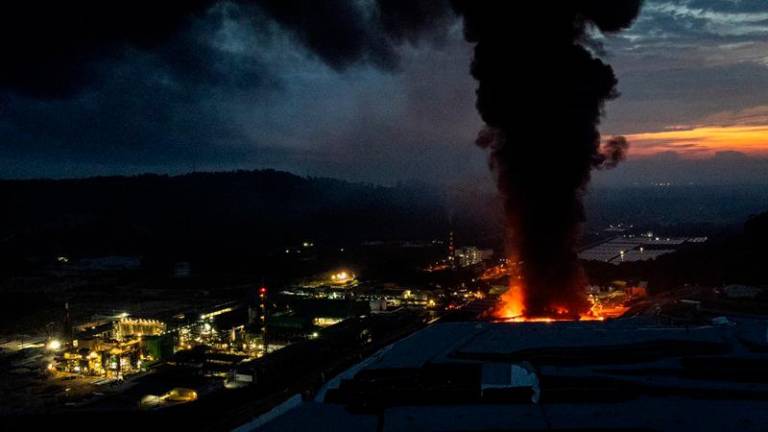PETALING JAYA: The newly launched National Transport Policy 2019-2030 (NTP) is expected to be a boon for the aviation sector, according to analysts.
MIDF Research highlighted that the Malaysia Airport Holdings Bhd’s (MAHB) efforts such as the Joint International Tourism Development Programme with Tourism Malaysia will facilitate airlines in promoting Malaysia overseas.
In addition, the policy paper also brought attention to the trend towards the development of secondary airports to cater to the booming low-cost travelling, as well as plans to restructure the regulatory bodies in the aviation sector.
“This in turn would bode well for MAHB’s strategy to attract more airlines and increase connectivity which will moderate effects of the international departure levy and possibly higher passenger service charge,” the research house said in a report.
Furthermore, the move by low cost carriers such as AirAsia to strengthen its presence in core markets while establishing new hubs in destinations such as Lombok is expected to continue to attract higher passengers in 2019 and will benefit MAHB, according to MIDF.
With the NTP, the Ministry of Transport will review and update rules, act and regulations as it seeks to improve logistics connectivity to cater to the e-commerce boom, continuous ports upgrade and expansion plans, and enhance productivity and increase competitiveness for transportation sector with the aim of creating a robust and adaptable regulatory framework that supports the future needs of transportation.
To do so, the ministry is looking beyond the regulated asset base (RAB) framework to drive investment in the public transportation sector.
“Overall, we believe that the RAB framework will ensure a fair cost to airport users while maintaining a fair level of returns to MAHB as it increases clarity between revenue and capital investment,” said MIDF.
It believes that MAHB passenger numbers for Malaysian operations can surpass the 100 million mark in 2019, while maintaining a relatively conservative growth rate of 3.5% at approximately 102.5 million passengers.
With regard to the transportation sector, MIDF Research applauds the plans in the latest NTP as it signals a paradigm shift in the making.
“We remain optimistic on Malaysian ports given their strategic location along major trade lanes and the economic prospects of the Asean region driven by the emergence of regional distribution hubs,” it said.
However, the research house cautioned that the anticipated higher demand of e-commerce activities will attract more new entrants for the logistics industry, prompting price competition and compressing margins.
“All factors considered, we maintain our neutral stance on the transportation sector.”
On the other hand, AmInvestment Bank Research (AmResearch) expressed a more subdued outlook on aviation sector.
It stated that prospects of airlines and airport operators are favourable backed by tourist arrival growth projected at 12% to 30 million in 2020 by Tourism Malaysia on the back the Visit Malaysia Year 2020.
“However, this is offset by cost pressure at AirAsia following the sale and leaseback of its aircraft,” said the research house.
It also expressed a neutral outlook on the transportation sector.
“While we believe the initiatives in the NTP are positive to the transportation sector, they will take time to materialise.”
AmResearch said the seaport operators are beneficiaries of the US-China trade war and trade diversion, as reflected in the increased throughput recently.



